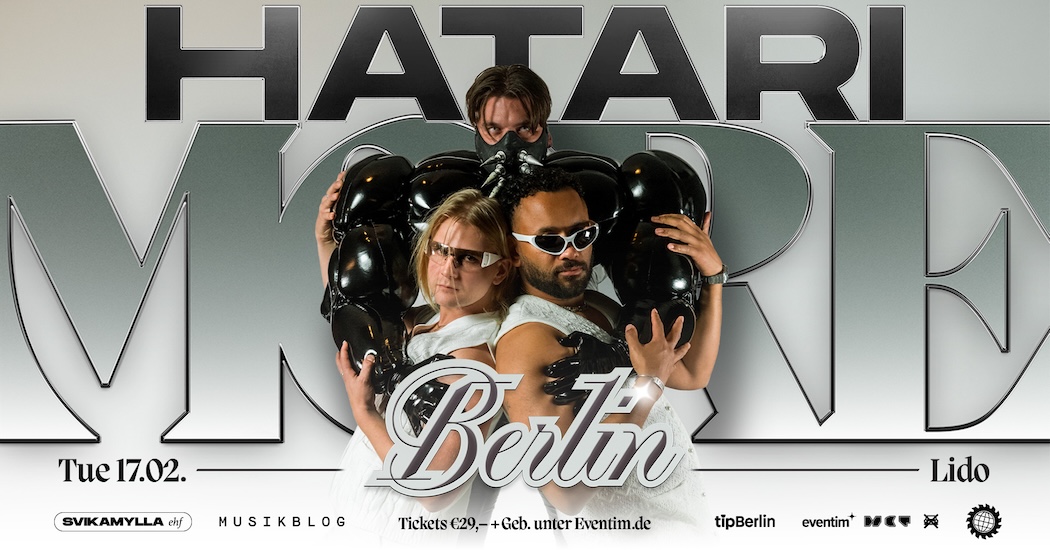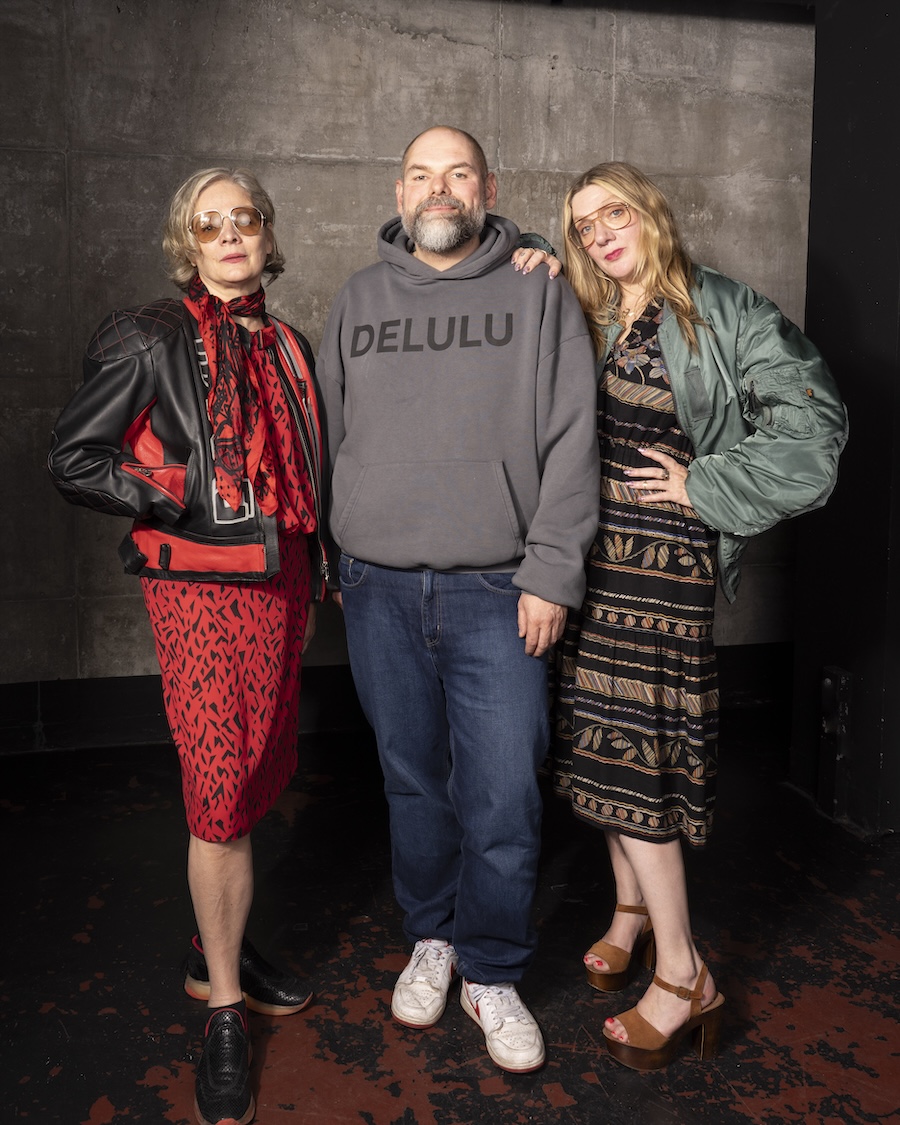
Every week, it feels like another space disappears. A gallery closes, a studio is forced out, a cultural program loses its funding. The landscape for creativity in Berlin is shrinking, not because the ideas are gone, but because the conditions for them to grow are being eroded. In this climate, supporting young talent isn’t just a cultural luxury; it’s a political necessity.
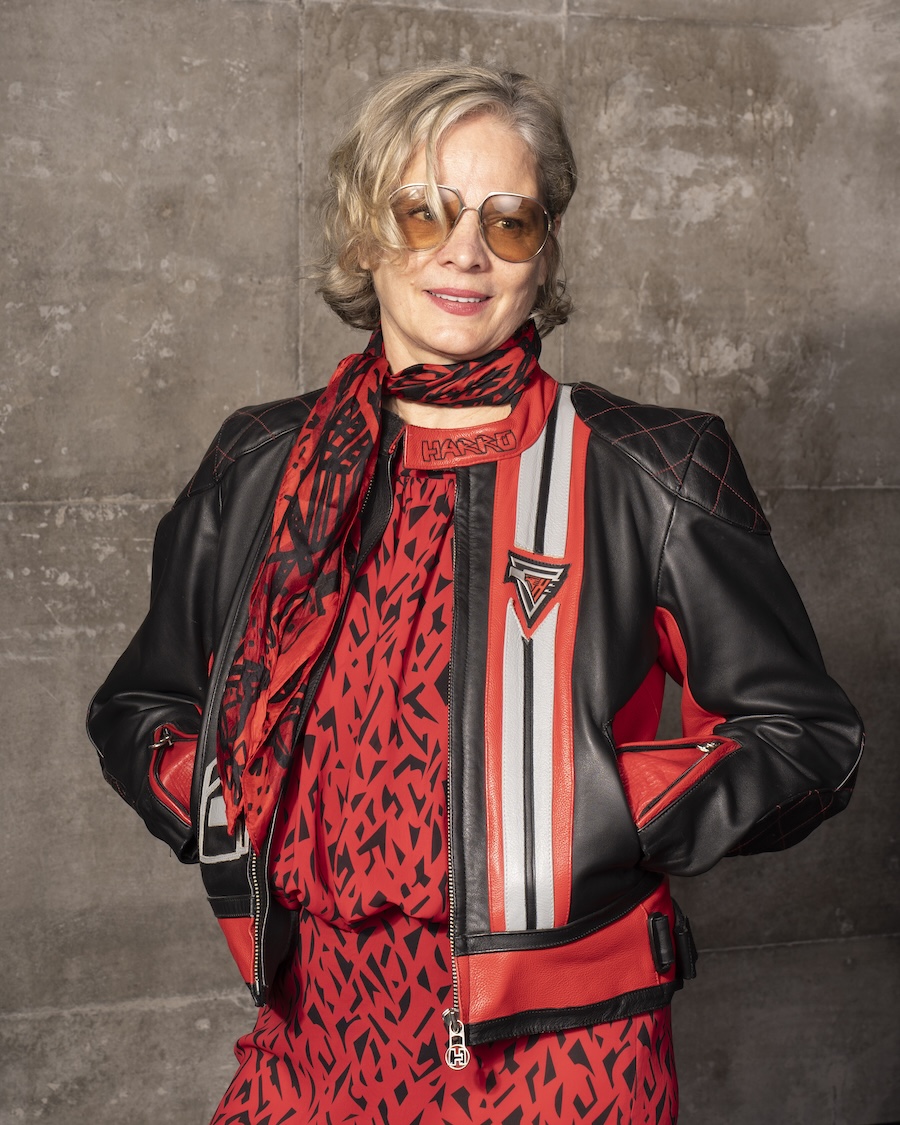
Follow PLATTE.BERLIN
www.platte.berlin / @platte.berlin
Portrait photos by Lea Comprelle @ghostlyours
Feierabend Photos by Undine Bragenitz @undine.bra
This is also what I see reflected in the people steering PLATTE.Berlin. When I first met Anke Schlöder, her words stayed with me: “Thanks to my many years of experience as a professor of fashion design, it is natural for me to support a platform like Platte.Berlin, with my expertise, to contribute to the personal and professional development of young talents and offer them a perspective.” A perspective… that’s exactly what is missing in a city that still calls itself a cultural capital while cutting the very budgets that make cultural life possible.
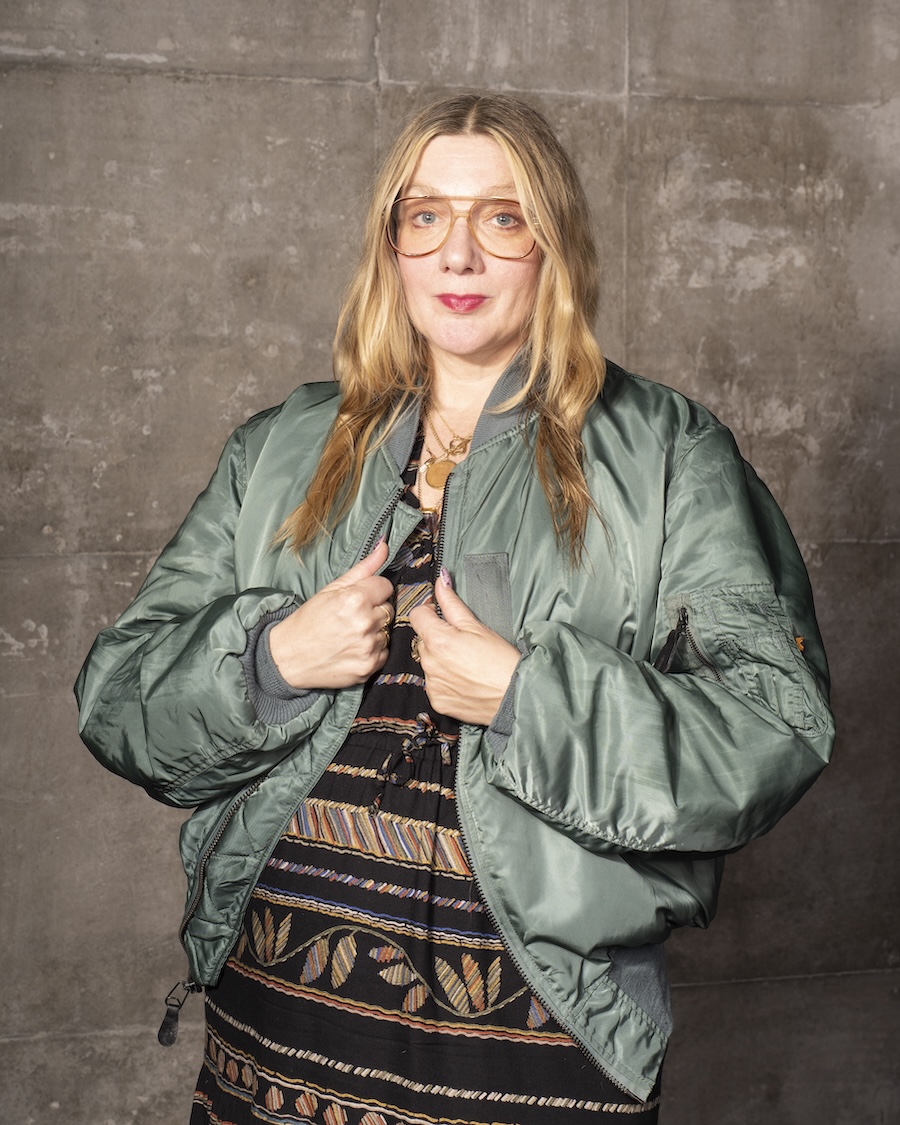
Diana Weis approaches it from a different angle, one rooted in her own biography: “I grew up in Munich and used to think that fashion was something that only happened on the pages of glossy magazines. In Berlin, I learned that true style doesn’t require money – it takes courage and a clear sense of what’s going on in the world. To me, that’s the spirit PLATTE stands for today.” Her words remind me that fashion here has the chance not to be about luxury, but about resistance. A way of seeing and speaking back to the world.
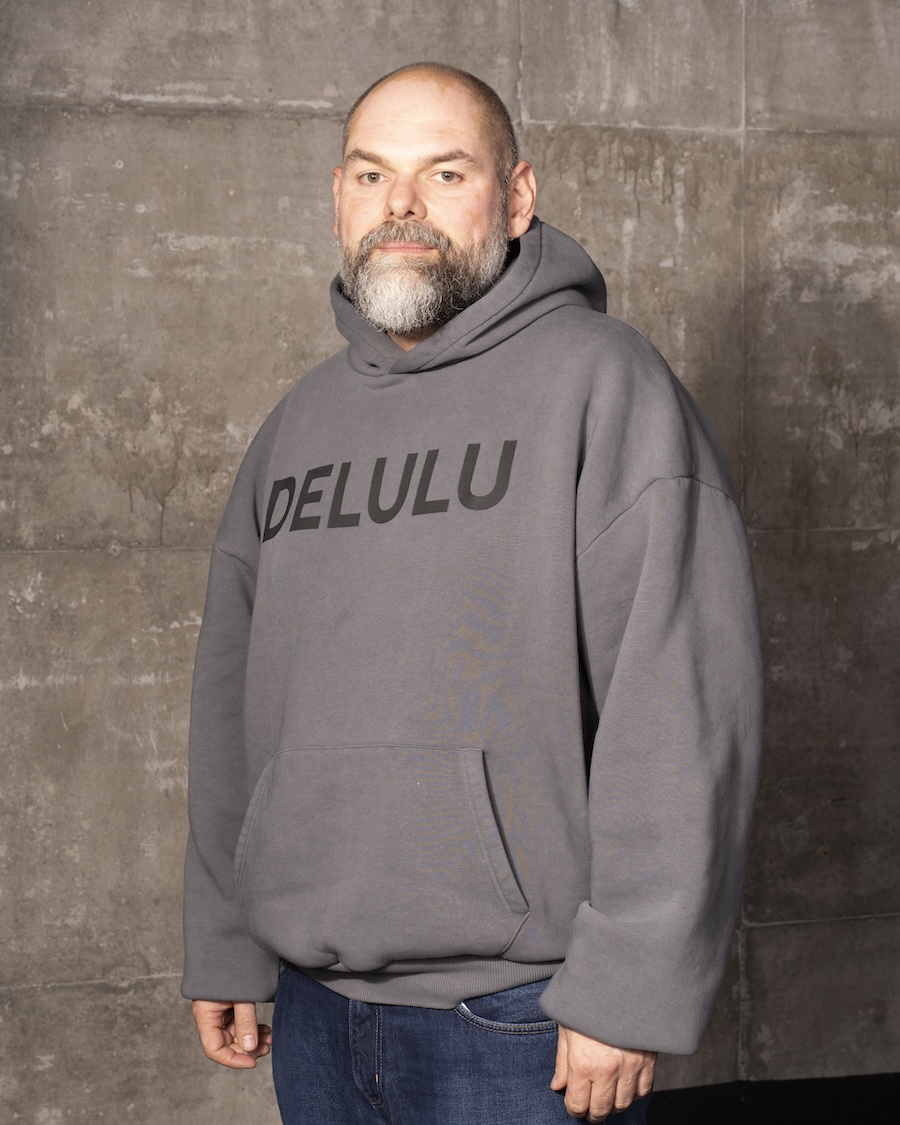
And then there’s Jan Kuhlen, whose perspective is as pragmatic as it is vital: “As a lawyer volunteering for this young fashion house based in a Berlin Plattenbau, my goal is to build robust structures that sustain the momentum of up-and-coming designers shaping our city’s vibrant identity. Supporting these creative talents ensures that Berlin’s dynamic and evolving fashion narrative continues to flourish.” He knows that courage and vision alone are not enough. Without structures, energy dissipates.
When I hear them speak, I can’t help but connect their words to what I witnessed at this year’s UdK Rundgang. For the first time, there was no graduation fashion show, cut due to budget restrictions. Instead, students transformed the absence into a protest, opening their studios and processes to the public. It was powerful, but also heartbreaking. Their message was clear: creativity needs resources, not just resilience.
That is the same tension PLATTE is trying to address: between vision and infrastructure, between protest and practice. The board – Anke, Diana and Jan – represents all three sides of this equation. They carry knowledge, spirit, and structure, and in doing so, they answer the same question the UdK students posed: how do we protect creativity when the system seems intent on dismantling it?
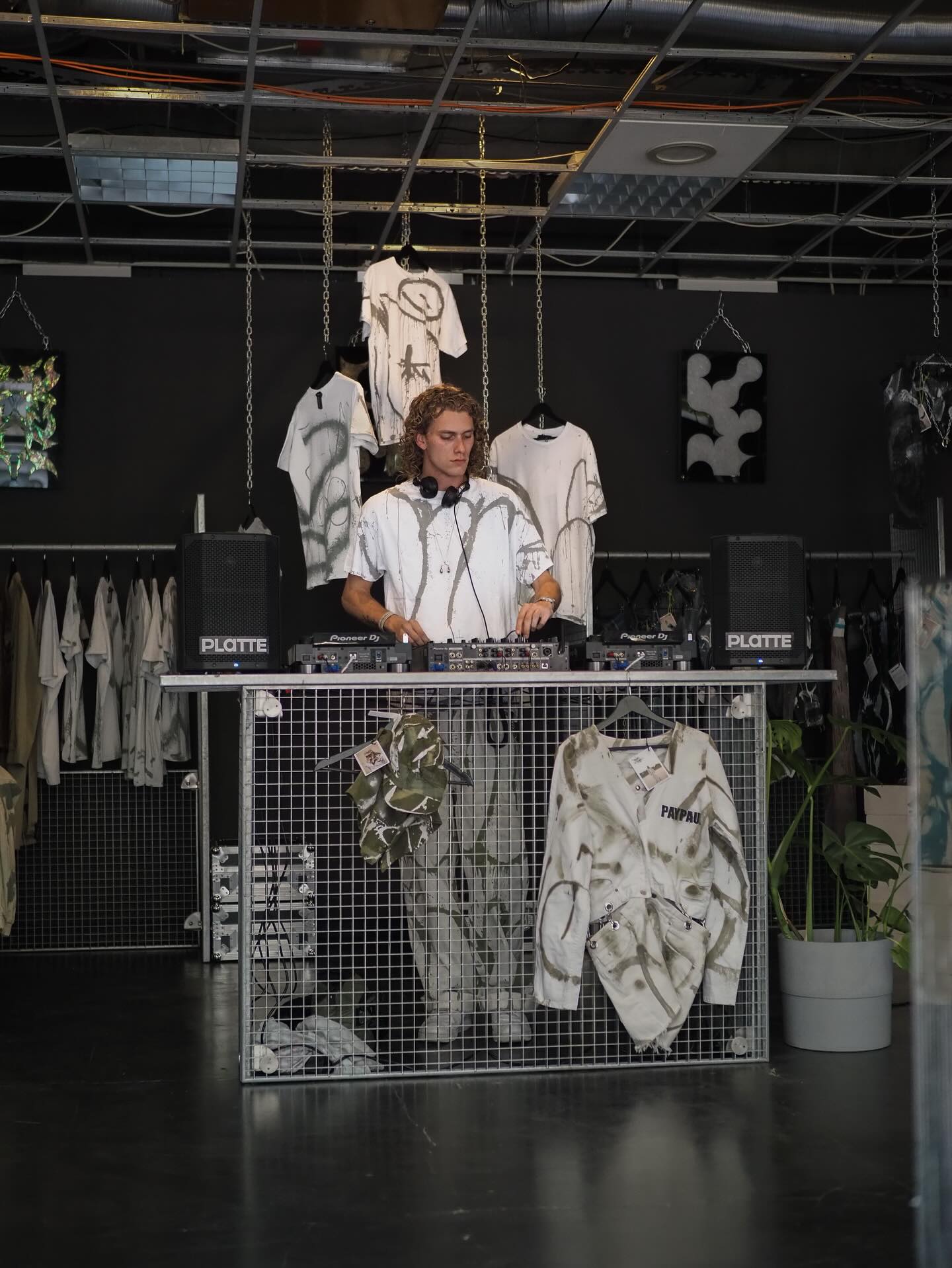
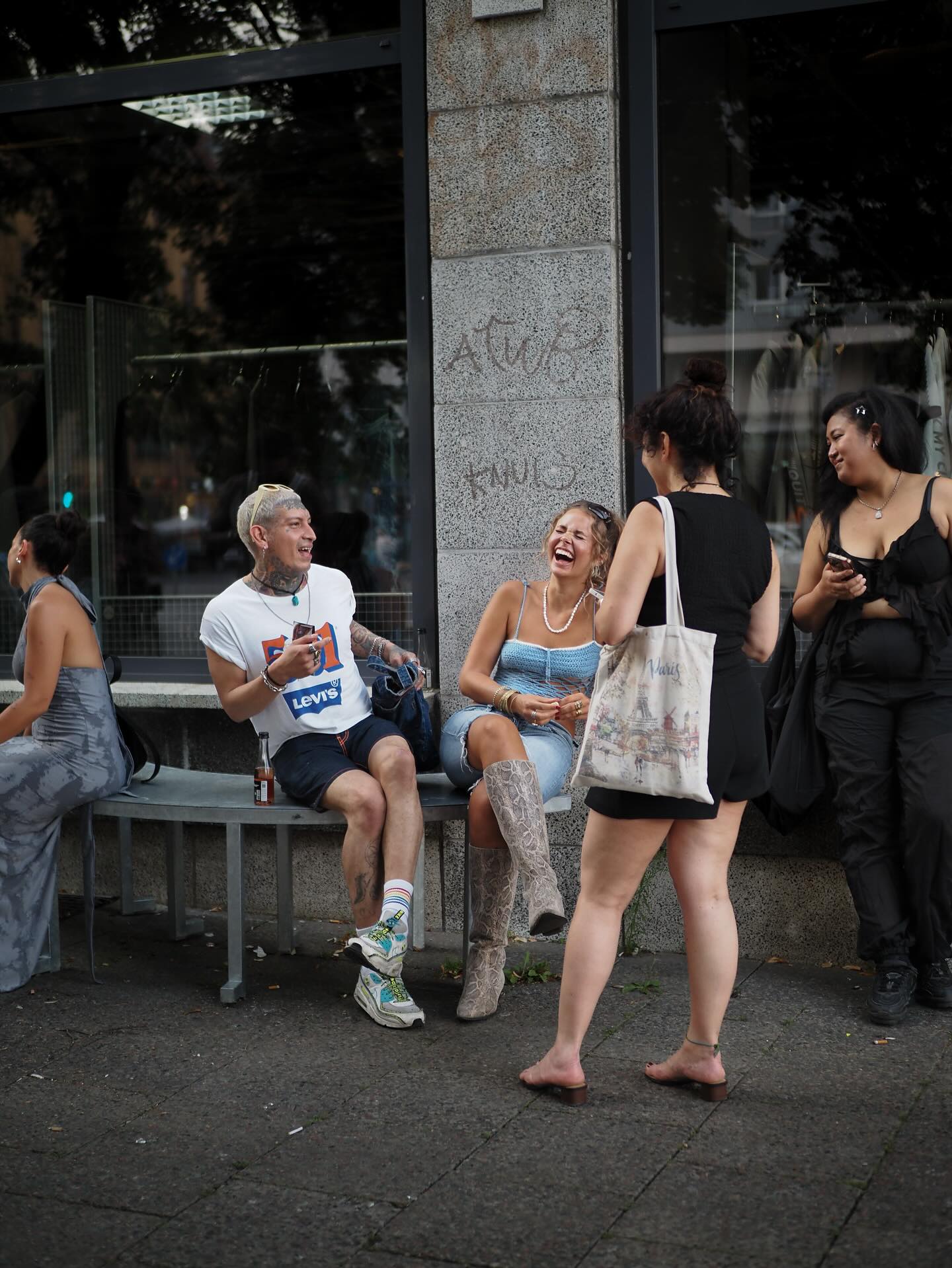
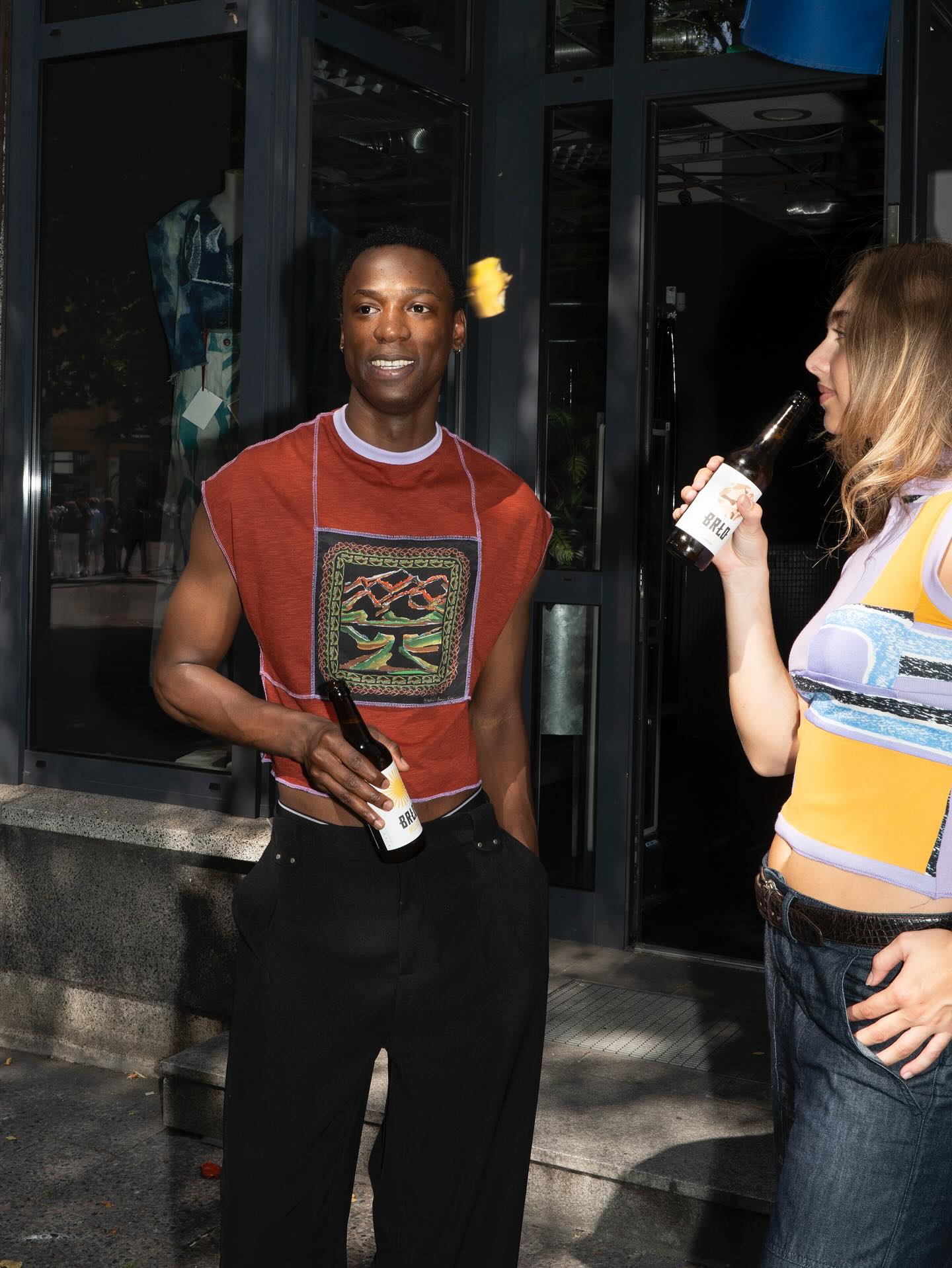
For me, that’s the manifesto of PLATTE.Berlin, whether spoken or unspoken: to insist on courage, to create perspective, and to build the scaffolding that allows creativity not only to survive, but to thrive.
